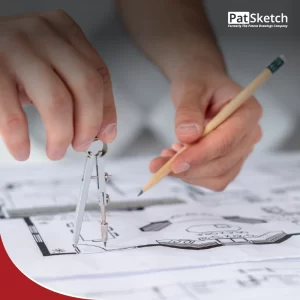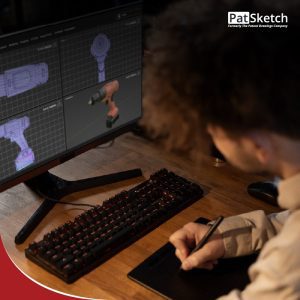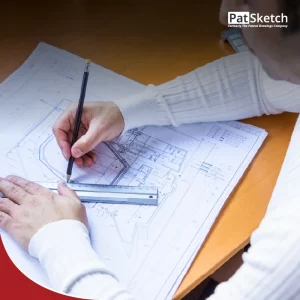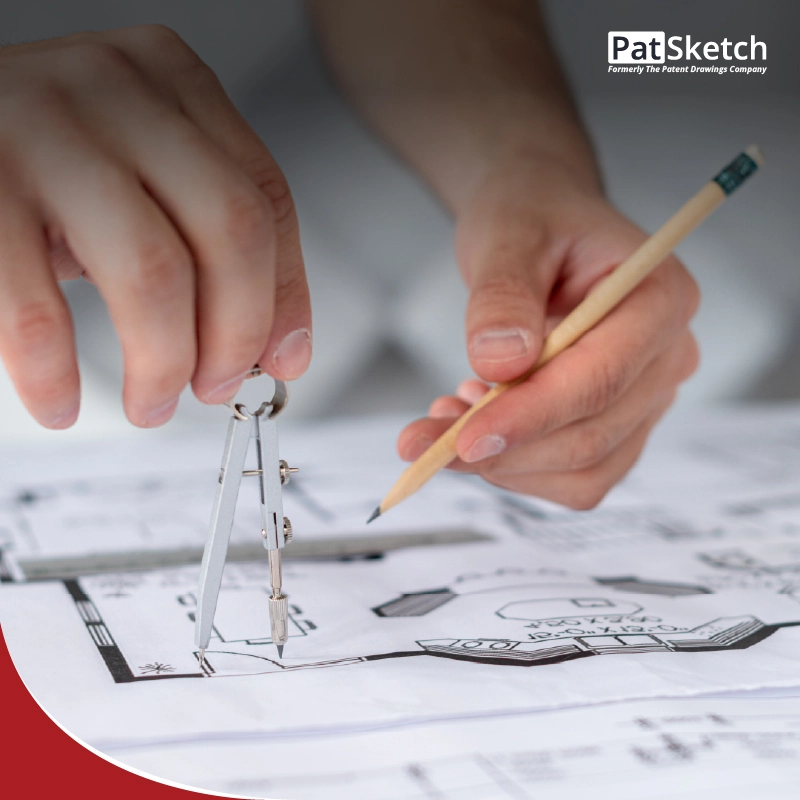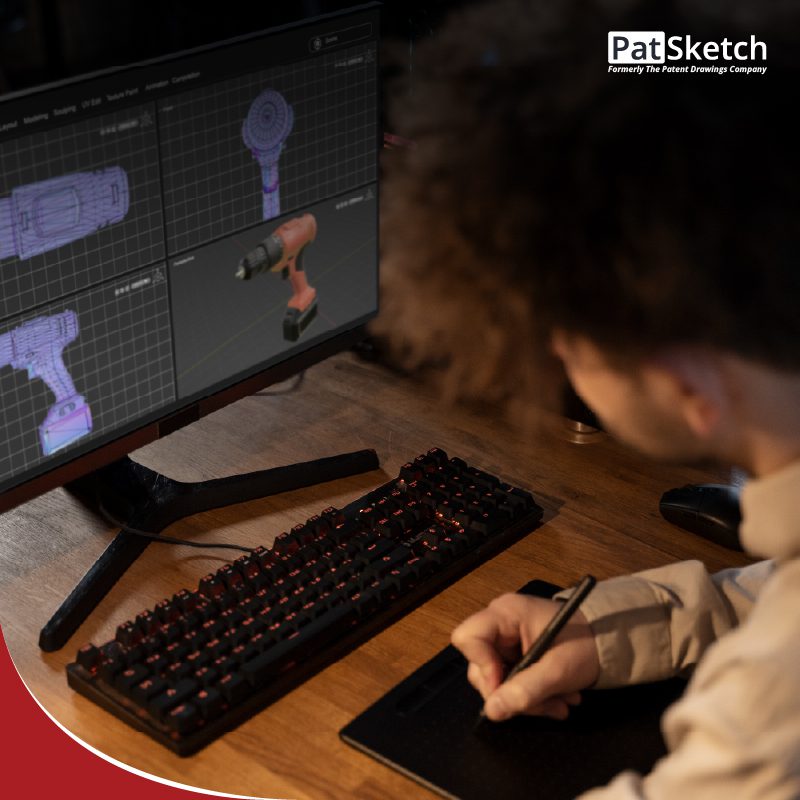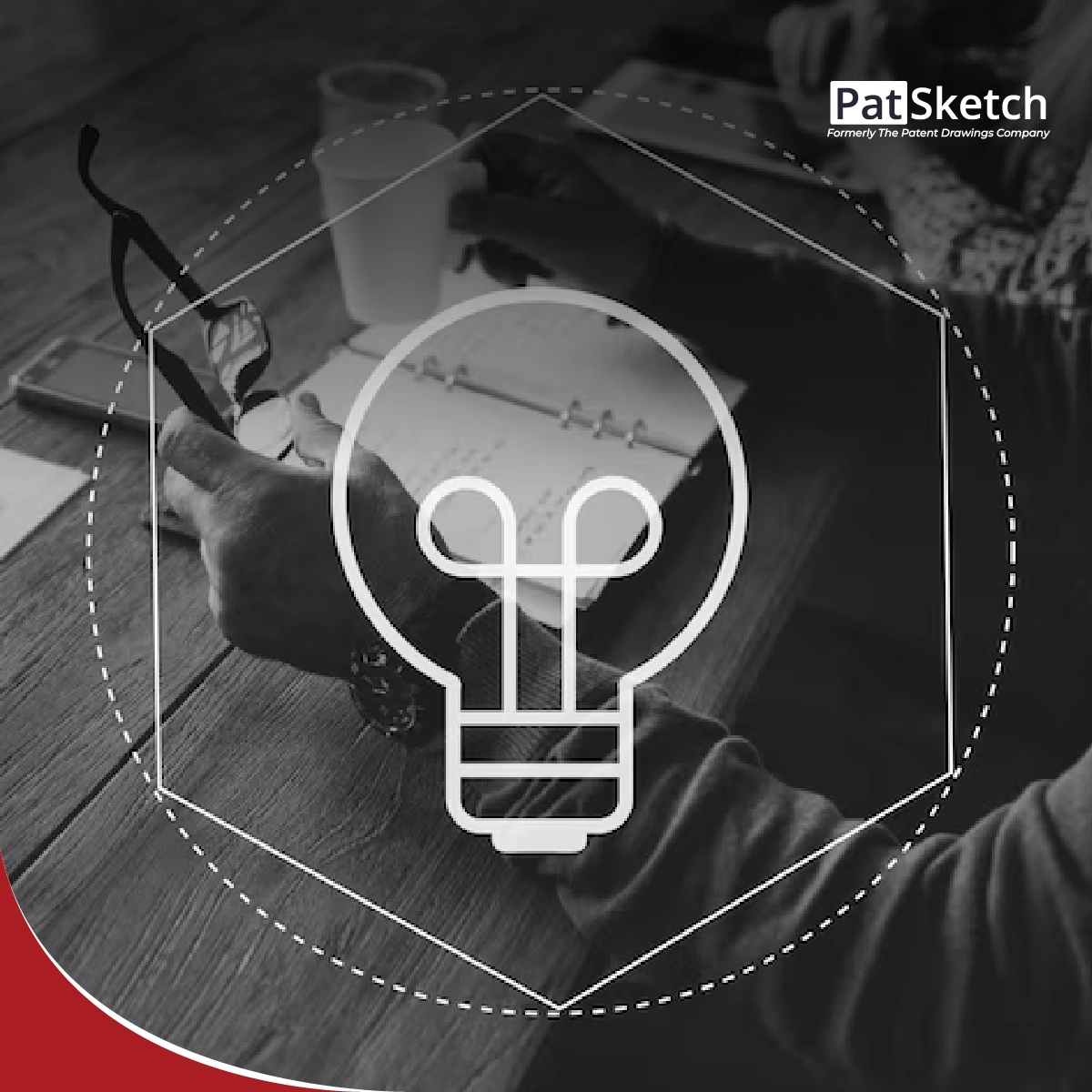Patent drawings play a crucial role in the patent application process. They provide visual representations of the invention, enhancing the understanding of the patent examiner and potential readers. In this comprehensive guide, we will explore the patent drawing requirements and best practices for creating patent drawings. Whether you are an inventor, patent attorney, or someone involved in the patenting process, this guide will equip you with the knowledge needed to meet the stringent standards set by patent offices.
Importance of Patent Drawings
Patent drawings serve as a visual representation of the invention described in the patent application. They provide clarity, illustrate key features, and enhance the understanding of the invention. Patent examiners rely on these drawings to grasp the invention’s structure, functionality, and potential variations. Moreover, patent drawings can be valuable in litigation, licensing, and marketing efforts, making them an integral part of the patenting process.
Patent Drawing Requirements
To meet the requirements set by patent offices, patent drawings must adhere to specific guidelines. Here are some key aspects to consider:
Format and Size
Patent drawings should be clear, legible, and presented on white, flexible, and non-shiny paper. They should be of sufficient quality to allow for accurate reproduction, typically in black and white. The size of the drawings may vary depending on the patent office, but common standards include 8.5 inches by 11 inches or A4 size.
Clarity and Detail
Drawings must be clear and sufficiently detailed to enable a person skilled in the field to understand the invention. Use consistent lines, shading, and symbols to denote different elements. Pay attention to proportions, dimensions, and scale to ensure accurate representation.
Margins and Numbering
Leave adequate margins around the drawings and number the sheets consecutively. The margins should be free of any text, labels, or drawings. Numbering helps in organizing the drawings and referring to them in the description and claims.
Consistency with Description and Claims
The drawings should align with the written description and claims of the patent application. Ensure that all elements, components, and variations mentioned in the description are properly represented in the drawings. Consistency between the written and visual aspects of the patent application is crucial.
Alternative Embodiments and Variations
If the invention has alternative embodiments or variations, consider including them in the drawings. This helps in demonstrating the scope of the invention and provides additional support for the claims. Clearly label and describe each embodiment or variation to avoid confusion.
Creating High-Quality Patent Drawings
Creating high-quality patent drawings is essential to meet the stringent requirements of patent offices. Consider the following approaches:
Hiring a Professional Draftsman
For complex inventions or intricate details, it is advisable to hire a professional draftsman or a patent illustration service. They have the expertise and experience to create accurate and detailed drawings that comply with patent office guidelines. Professional assistance ensures that the drawings effectively communicate the invention to patent examiners.
Using Computer-Aided Design (CAD) Software
Computer-Aided Design (CAD) software can be a valuable tool in creating patent drawings. It allows for precise measurements, easy modification, and consistency across different views. CAD software provides flexibility in adding labels, annotations, and dimensions, making the drawings more informative and professional.
Compliance with Patent Office Guidelines
Familiarize yourself with the specific guidelines provided by the patent office where you plan to file the patent application. Each office may have its own requirements regarding line thickness, shading, font size, and other technical aspects. Adhering to these guidelines ensures that your drawings meet the necessary standards.
Common Mistakes to Avoid
When creating patent drawings, be mindful of the following common mistakes:
Insufficient Detail
Lack of detail can lead to ambiguity and incomplete understanding of the invention. Ensure that the drawings provide sufficient detail, especially for complex components, interfaces, or mechanisms. Include labels, reference numerals, and cross-references to aid comprehension.
Inconsistency with Description
Inconsistencies between the drawings and the written description can weaken the patent application. Review the description carefully to ensure that all elements mentioned are accurately represented in the drawings. Lack of consistency may raise doubts about the completeness and accuracy of the invention’s disclosure.
Inaccurate or Misleading Drawings
Drawings should accurately represent the invention without any misleading or exaggerated elements. Avoid including unnecessary details or embellishments that do not contribute to the understanding of the invention. Focus on clarity, accuracy, and adherence to the invention’s actual design.
Failure to Include Necessary Views
Different inventions may require different views to fully depict their features. Failure to include necessary views can result in incomplete disclosure. Consider the perspective of a person skilled in the field and ensure that the drawings capture the essential aspects from various angles or cross-sections.
Examples of Patent Drawing Styles
Different types of patents may require specific drawing styles to effectively illustrate the invention. Here are a few examples:
Utility Patents
Utility patents typically include detailed drawings showcasing the various components, connections, and mechanisms of the invention. Exploded views, sectional views, and perspective views may be necessary to provide a comprehensive understanding.
Design Patents
Design patents focus on the aesthetic appearance of an invention. Drawings for design patents emphasize the ornamental features, contours, and surface designs. Line drawings or shaded drawings with minimal annotations are commonly used.
Chemical and Biological Patents
Patents in the chemical or biological fields may include molecular structures, formulas, or genetic sequences. Specialized drawing tools or software may be required to accurately represent these aspects.
International Patent Drawing Requirements
When filing an international patent application under the Patent Cooperation Treaty (PCT), it is important to consider the specific drawing requirements of each designated country. Some countries may have additional guidelines or variations in formatting and presentation. Consult the regulations of each country to ensure compliance.
Resources and Tools for Patent Drawing
Several resources and tools are available to assist with creating patent drawings:
- Patent drafting software or CAD software: These tools provide a range of features and templates to create precise and professional drawings.
- Online patent drawing services: Various online services specialize in creating patent drawings according to patent office requirements.
- Patent office guidelines: Refer to the specific guidelines provided by patent offices, such as the United States Patent and Trademark Office (USPTO) or the European Patent Office (EPO).
Conclusion
Understanding and meeting patent drawing requirements is essential for a successful patent application. Well-executed drawings enhance the clarity and comprehensibility of the invention, aiding patent examiners in their evaluation. By following the guidelines, utilizing professional assistance when needed, and ensuring consistency with the written description, inventors and patent professionals can create high-quality patent drawings that effectively protect and communicate their inventions.

